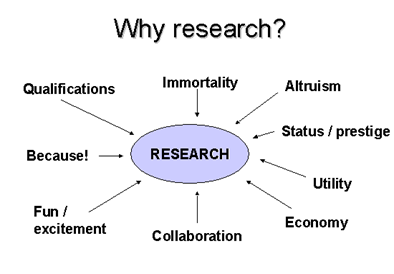MNGT-E1011 - Qualitative Methods, Lecture, 25.10.2022-10.11.2022
This course space end date is set to 10.11.2022 Search Courses: MNGT-E1011
Topic outline
-




Below you can find the course syllabus and the materials folder. Please download/print the syllabus and read it carefully before the course and make sure you can meet the course requirements and timetables. In case you decide to withdraw from the course please let me know.
Whenever you have questions concerning the course, please ask your questions via the General discussion area (not by email) so that other students with similar concerns can make use of the information delivered.
The Course book is Eriksson, P. & Kovalainen, A. (2008 or 2015) Qualitative Methods in Business Research. London: Sage. You can find several copies in the librarary. It is also available as an electronic copy.
All slides and additional material can be located in the Materials folder. The folder will be updated as the course progresses. For some of the lectures there are additinoal links and materials you can find by clicking the section relating to the topic.
Looking forward meeting you soon!
Saija Katila
-
Materials Folder
